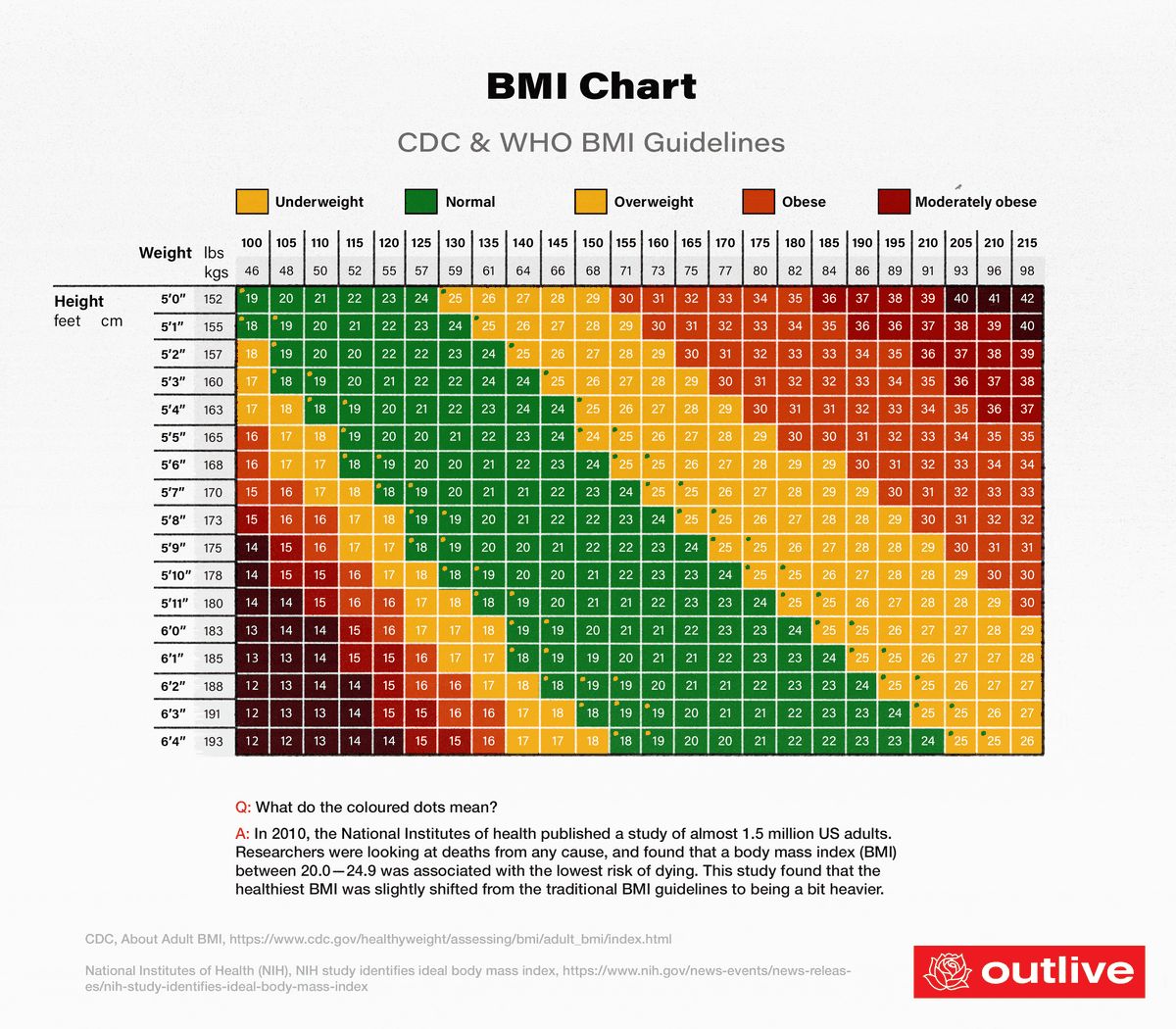Underweight What it Means How it Works Example

Underweight: What it Means, How it Works, Example
What Is Underweight?
Underweight refers to two financial situations: (1) a portfolio that holds a smaller amount of a security compared with a benchmark and (2) an analyst’s opinion regarding the future performance of a security.
Key Takeaways
– An underweight portfolio holds a smaller amount of a security when compared with a benchmark.
– An underweight stock is determined by the metrics the analyst chooses.
– An underweight portfolio is not necessarily bad; it may mean the portfolio manager is not bullish on the asset.
Understanding Underweight
An underweight portfolio is identified through simple mathematics, determining the percentage of a portfolio directed towards a particular asset. An underweight stock is identified based on the variables chosen by the analyst.
Underweight Portfolios
An underweight portfolio occurs when the percentage (or weight) of a security within the managed portfolio is lower than what is held in the benchmark portfolio. For example, if the benchmark portfolio held a security with a weight of 20% and the investor portfolio held a 10% weight in that security, it would be deemed underweight.
A portfolio manager can make securities underweight if they believe those specific securities will underperform when compared to others in the portfolio. They can allocate less weight to the security that they expect to underperform and allocate that weight to other securities with more positive outlooks.
Underweight Stocks
Analysts may refer to a security as underweight when the expected return is below the industry, sector, or market average. Being underweight suggests poor performance and is based on selected variables chosen by the analyst.
No set time frame or specific benchmark exists for this determination, leading to variances based on analyst opinion and the chosen variables. This can cause a stock to be considered underweight compared to one index but not another, resulting in different recommendations.
Example of Underweight
Fund ABC tracks the benchmark index, Index DEF, with Apple stock making up 10% of the index. Fund ABC expects poor performance for Apple stock based on their research and the outlook of the economy. Therefore, Fund ABC holds only 1.5% of Apple shares in its portfolio, making it underweight in Apple stock compared to the benchmark.
Does Underweight Mean Sell?
When a stock analyst marks a stock as underweight, it usually suggests a sell or don’t buy opinion. An underweight opinion indicates a weak outlook for the stock.
What Does an Underweight Portfolio Mean?
An underweight portfolio holds fewer shares of a particular stock compared to a benchmark. For example, a fund might hold 2% of a stock while the benchmark holds 10%. This means the fund is underweight in that stock.
What Is an Overvalued Stock?
An overvalued stock is one whose stock price does not align with its earnings outlook, such as its price-to-earnings (P/E) ratio. Analysts who believe a stock is overvalued expect its price to fall.



